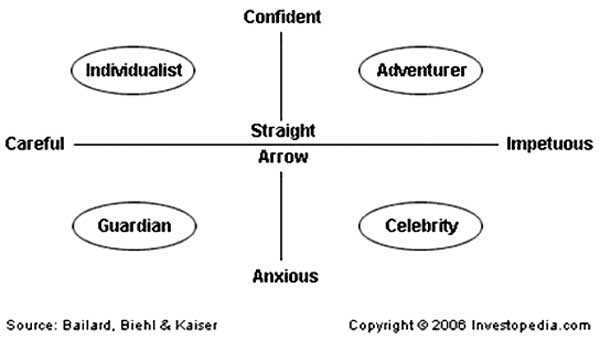11 Nov 2012 - {{hitsCtrl.values.hits}}
(1).jpg) An investor’s life is not static. Assuming that you get income from sources other than your investments - like employment or your own business - this income will change as you age. Generally speaking, your income should increase as you get older. This means that, as an investor, you will have the most income when you have the least amount of time to invest. Here we look at what characterizes the various ‘seasons’ of your life as an investor and what actions you should take at each stage.
An investor’s life is not static. Assuming that you get income from sources other than your investments - like employment or your own business - this income will change as you age. Generally speaking, your income should increase as you get older. This means that, as an investor, you will have the most income when you have the least amount of time to invest. Here we look at what characterizes the various ‘seasons’ of your life as an investor and what actions you should take at each stage.
26 Nov 2024 1 hours ago
26 Nov 2024 1 hours ago
26 Nov 2024 2 hours ago
26 Nov 2024 3 hours ago
26 Nov 2024 3 hours ago